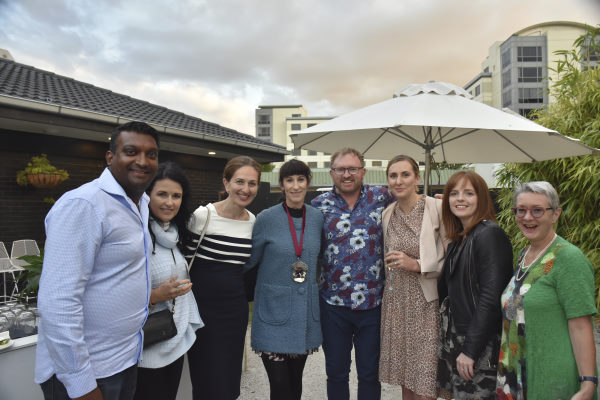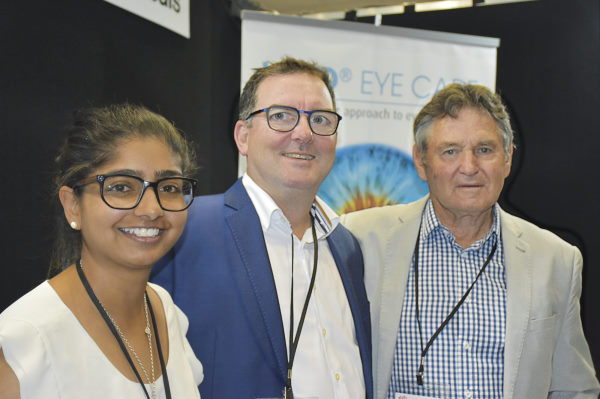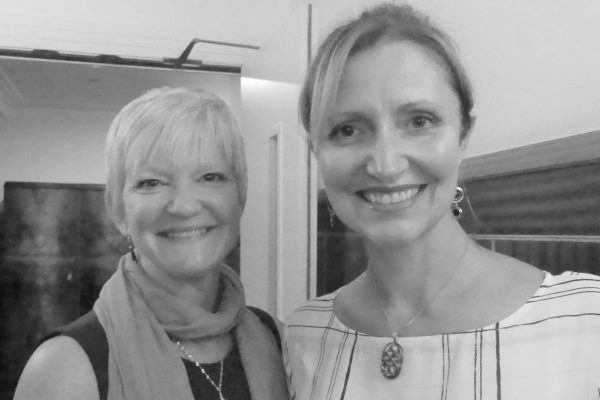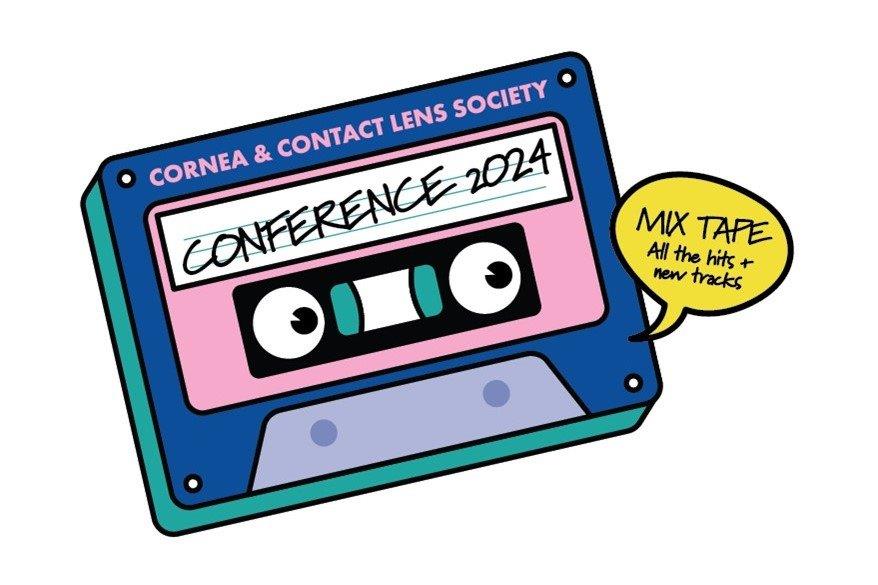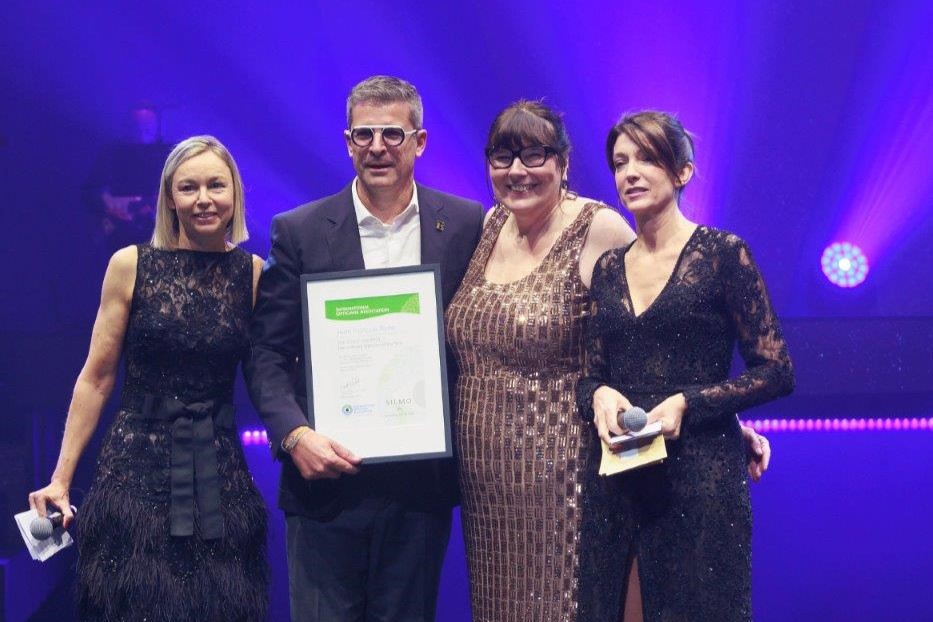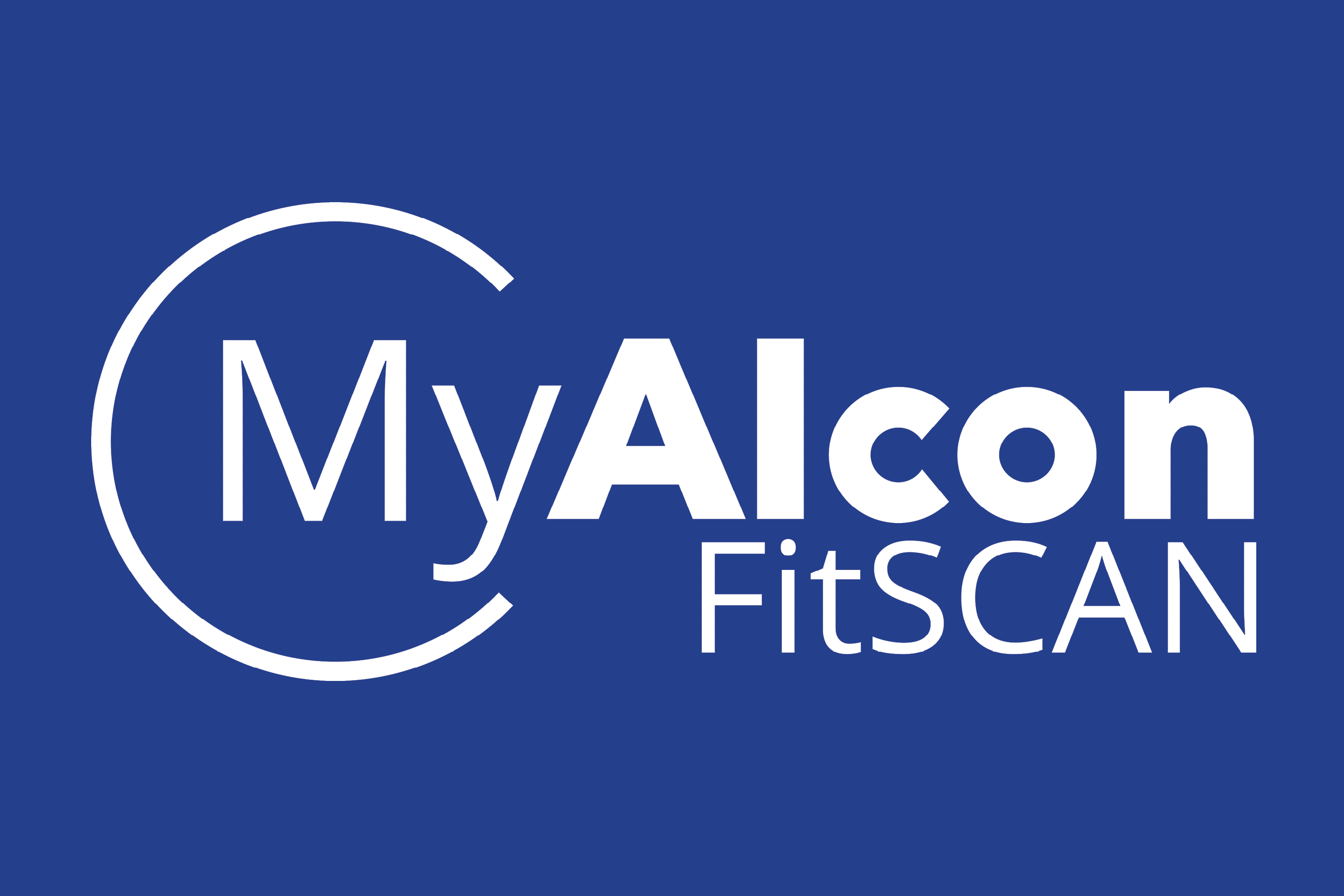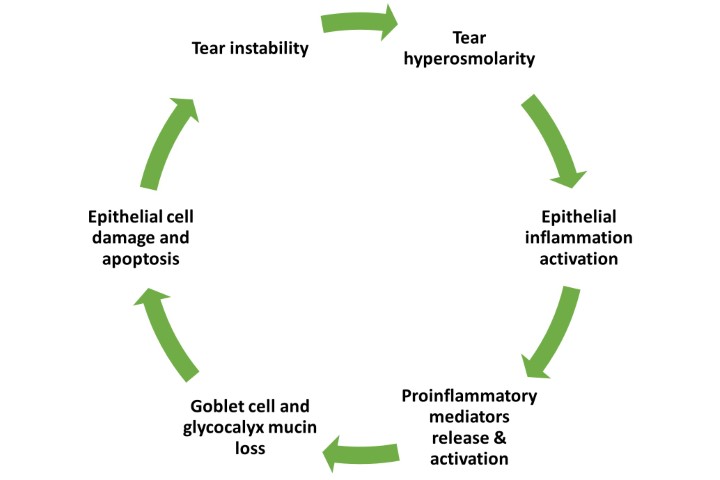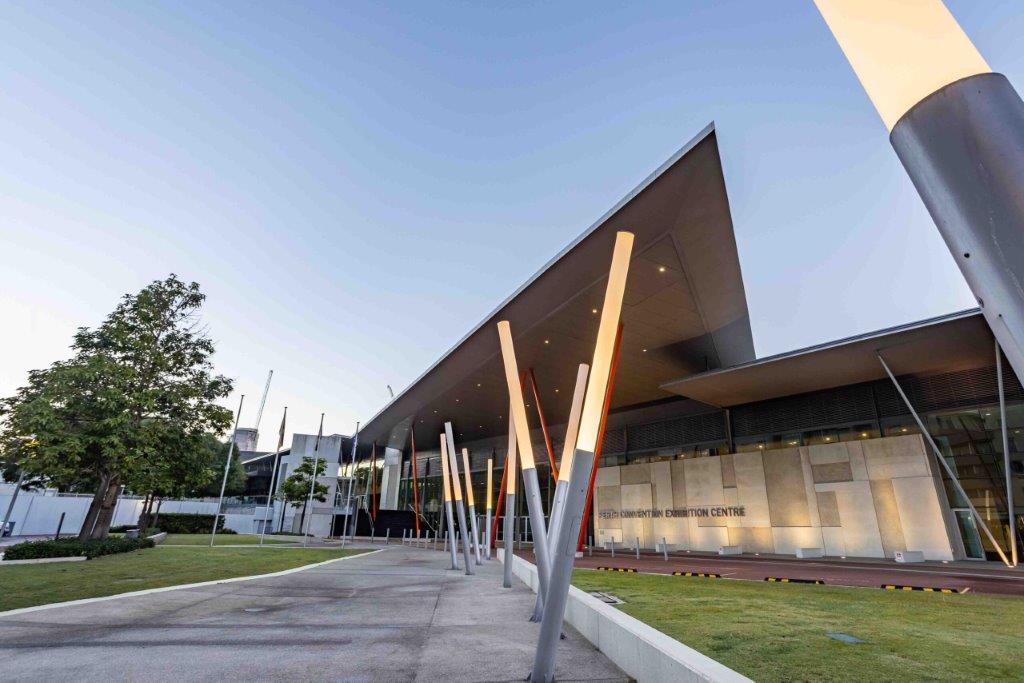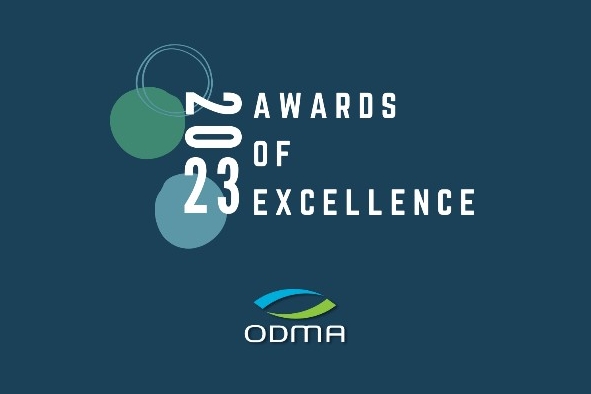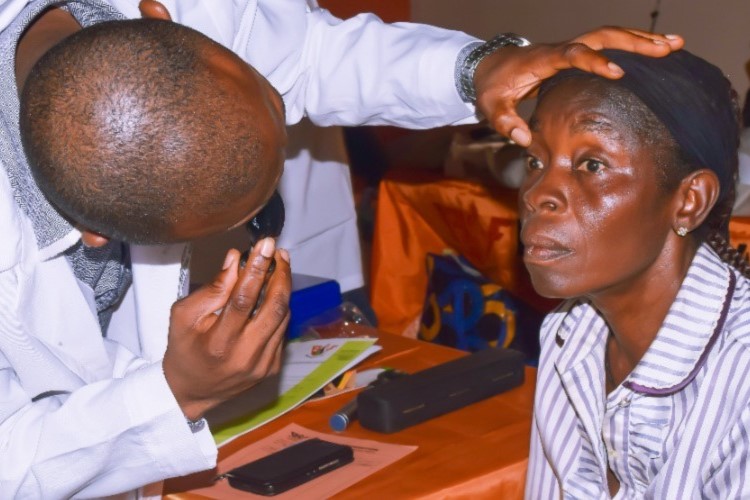Full house for CCLS 2019
A brilliant line-up of local and international speakers from both optometry and ophthalmology, coupled with a return to the Cornea and Contact Lens Society (CCLS) favourite, Rotorua, provided for a full-house turnout this year.
One hundred and forty delegates and a sprinkling of partners and speakers made for a superb two-day event with lectures, workshops and a trade fair running across Friday and Saturday, leaving Sunday to take in the sights or recover and rest up from the information download and social excesses.
As always, this year’s conference kicked off with a relaxed cocktail hour in the exhibition room at the Novotel hotel. CCLS is very grateful for the generous support from all our industry sponsors, without whom we clinicians could not deliver for our patients and progress in our fields.
Myopia control and dry eye
Bright and breezy, we began our education on Friday morning with the first of Dr Ian Flitcroft’s talks on the optics of myopia control. Ian, a paediatric ophthalmologist based in Dublin’s Children’s Hospital, spoke to us about the physiological challenges children’s eyes encounter in our “new” close-range word. He explained the mechanisms through which the developing eye no longer stops at emmetropisation, sadly destined towards myopia unless interventions are put in place to counter today’s increased educational demands and urban environment. This was an interesting and concise explanation of immense clinical relevance.
Dr Art Epstein, a Bronx original, now conquering dry eye in one of the most arid places in the US, Arizona, followed with the first of several talks dedicated to the treatment of dry eye. Art was full of delightful yarns and has a way of explaining the structure and decline of the tear film, illustrating he is first and foremost a champion clinician. In particular, his vivid description of dry eye, not as a dry eye, just an unstable tear film, which 90% of the time is due to a poorly constructed roof, ie. a leaky oil layer allowing evaporation.
In his second talk of the day, Art added to his own clinical pearls by summarising succinctly the plethora of work that was the Tear Film & Ocular Surface Society's second Dry Eye Workshop (DEWSII) and its clinical relevance.
Ortho-k and advances in refractive surgery
From across the ditch in New South Wales, optometrist Mark Koszek joined us to make us all feel better about the beleaguered journey many of us have travelled over the past 10 years or so, fitting orthokeratology lenses. We are forever grateful for the advancements technology has made in this area, enabling us to better assist our progressive myopes with accuracy, reducing chair-time and expense and creating better myopia control outcomes along the way.
We were delighted this year to have Perth-based ophthalmologist Professor Graham Barrett make the trip to New Zealand for trout fishing and some fantastic presentations. The first of his talks was on optimising toric intraocular lens (IOL) outcomes using the Barrett IOL calculator, which is making marked improvements for those patients with greater refractive demands.
A CCLS regular, refractive surgeon and previous past CCLS president, Dr Trevor Gray presented on the advancements in refractive surgery using modern wave front-guided lasers (LASIK and PRK) with a combination of built-in technologies now able to provide high definition vision with improved higher and lower order aberrations.
Graham returned to the runway with a simple analysis of multifocal vs monovision intraocular implants. His most successful solution for the post-presbyopic patient being a distance refraction of -0.27 and near -1.15, offering good general viewing, distance viewing and intermediate range.
The 2019 workshops
Following lunch, delegates opted to join one of two workshops or listen to further talks including Art on dry eye management, the role of outdoor play in the reduction of myopia progression by Dr Ian Flitcroft and Mark Koszek’s discussion on demodex treatment.
The Advanced Contact Lens Fitting workshop included live fittings (thank goodness) in two different keratoconic cases and one ortho-k. In this workshop, Paul Rose and Jagrut Lallu guided us through the journey from topography map to smiling patient, illustrating how efficient and effective fitting from a sound topography map can be, while Daniel Tilia tackled challenging myopia cases in the second Friday workshop Practical Myopia Management.
Closing day one
For the last session of the day it was back to the lecture hall for Mark to present current thinking on the role of scleral thickness with myopia progression and ultimately myopic outcomes. Art then walked us through the latest developments in pharmacological options for the treatment of dry eye.
Ian provided an interesting and sensitive discussion on the treatment of paediatric cataracts. The trend is now away from fitting implants early on in life and contact lens fitting is more appropriate in these cases, possibly even glasses are an option. There is a need for sensitivity and understanding, and patience is required for the parents and child alike.
Auckland based ophthalmologist Dr Ben LaHood amused us late in the day with his informative findings on posterior corneal astigmatism. Access to new technologies may further the ability of the refractive surgeon.
The last talk of the day was by ophthalmologist Dr James McKelvie from nearby Waikato who spoke to us about CatTrax, a cloud-based pathway management system for cataract surgery, from optometrist referral to the bus collecting the patient to the post-surgical outcome. This revolutionary system delivers data that will greatly progress efficiency, clinical insights and patient outcomes ultimately leading to a world-class service for our patients.
In the evening, delegates headed to the Terrace Kitchen for a standing dinner. The Kitchen provided a fantastic venue for an evening of mixing and mingling, and much fun and regaling was had by all.
The Auckland Cataract Study to critical analysis
The next morning started for most, or continued for some, with a series of lectures beginning with one from Dr Jina Han. Jina provided great insight into the Auckland Cataract Study and how using the results from this study, surgery can be safer. Nick Mathew then presented on the updated protocol that should be used for viral conjunctivitis. This was a very informative lecture on the evolution of povidone-iodine treatment.
We then welcomed Art and Mark back to the stage for two very interesting presentations. The first, by Art, discussing the DREAM study, highlighting the importance of critically analysing research, while Mark’s demonstrated the importance of critically analysing our patients’ symptoms, so as not to fall for any red herrings or miss any red flags.
Our next session was to be the final for Art who, over two lectures, continued to entertain us with his tales, while also sharing his experience and insights into managing severe ocular surface disease patients. Some of the futuristic treatments for ocular surface disease he touched on really did bring a tear to our eyes, as he described nasal trigeminal stimulation. His final lecture, about the use of contact lenses for treating patients was insightful, and there was no need for nasal stimulation, as we were truly sad to say goodbye to Art at the end of his lecture.
Keratoconus, scholarships and more workshops
Dr Rasha Altaie talked passionately about how to detect keratoconus early and how it is essential to crosslink early and continue to review for better patient outcomes.
Following Rasha, Joyce Mathan from the University of Auckland discussed the findings and future research her group is doing into keratoconus and Downs syndrome; a great speaker and interesting research.
Before we headed off to lunch, CCLS invited Alex Petty to report on his CCLS scholarship. The scholarship is open to all CCLS members and applications are still open for 2019. Alex showed how he obtained some fascinating insight by visiting the Corneal Lens Corporation’s manufacturing facilities and was a great inspiration for future applicants.
With delegates fed and watered, in true CCLS style, we were again split into groups for the hands-on workshops and lecture streams. Some were lucky enough to attend the second workshop, The Zen of Dry Eye, and gain one last chance to mine the knowledge that is Dr Epstein. He did not disappoint. In parallel, Alex Petty shared the fundamentals of scleral lens fitting in Scleral Lenses: First Principles to High Tech.
Back in the main room, Mark presented his final lectures, drumming up debate about the use of steroids for treating tear film issues. He finished up with a discussion demonstrating his wide knowledge about sclerals and, in true Aussie fashion, convincing us that ‘bigger is better’.
This session also included a great lecture from Helen Gleave, who presented stats about contact lens prescribing. It’s always interesting to see where we do well and where we could improve when it comes to contact lenses.
Dr David Kent then provided us with some in-depth crosslinking information, which for those lucky to attend meant we were in the know about what is available and who it is best for.
Research closer to home
With the international speakers mostly done, the final session delved into some more local optometry research with Grant Watters relaying some very interesting and top quality research results from our talented optometry students. Grant tried to prevent us from going ortho-krazy, but our next lecturer ensured we were kept questioning. Eleisha Dudson delved into the customisation of ortho-k and how the same power is not actually the same! She also provided some case examples about keratoconus and scleral contact lenses (SCL) that reminded us to keep on questioning.
Adele Jefferies shared the research and management protocols for recurrent erosions, demonstrating her passion for patient care, while Daniel Tilla from the Brien Holden Vision Institute summarised current research behind SCL and myopia control. Simply put, any multifocal myopia control design is better than a standard SCL, and soft contact lenses are a must for myopia control.
In conclusion
To finish off the conference sessions, we had a change of subject and welcomed Dr Andrew Stacey, a fellow for urgent care medicine and legal medicine. His thought-provoking lectures on how to manage difficult interactions and complaints were sprinkled with some very amusing examples. As we were about to leave, we were surprised, in true CCLS fashion, by a skit by Grant Watters and Tim Eagle, who provided a highly amusing Fawlty towers performance where Grant was a truly convincing Basil Fawlty and Tim a spot-on confused Manuel, who despite seeing OK, was not sure his OK was OK. Or maybe it was OK? A truly OK way to end a particularly fantastic CCLS conference.
Roberta McIlraith and Eleisha Dudson are both New Zealand-based optometrists and CCLS councillors with a particular interest in speciality CLs.











